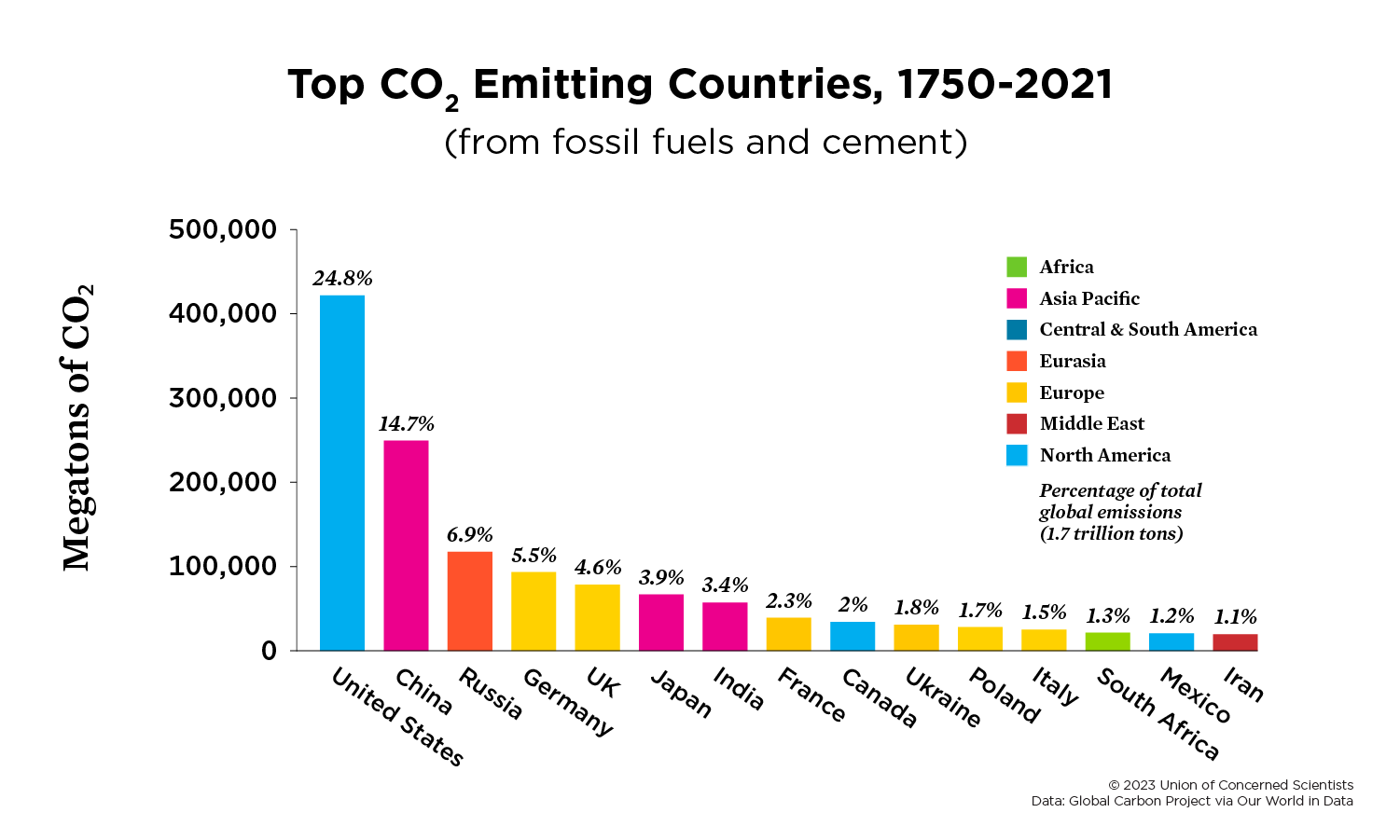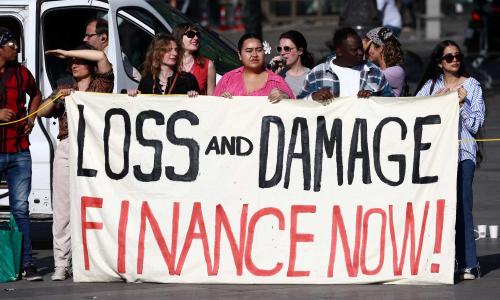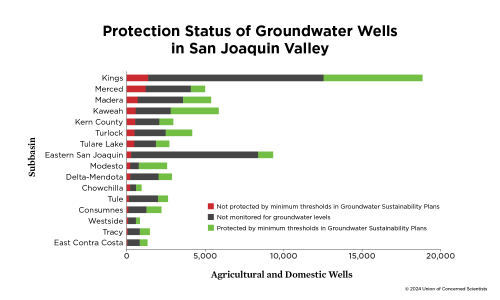Wealthy, polluting nations should pay for climate damages.
The phrase “Loss and Damage” comes from the world of international climate negotiations. As early as 1991, representatives of the small island nation Vanuatu—home to over 300,000 people in the South Pacific—cited Loss and Damage at the UN Framework Convention on Climate Change (UNFCCC). There, they proposed that developed countries help pay for “The financial burden of loss and damage suffered by the most vulnerable small island and low-lying developing countries… as a result of sea level rise.”
More than thirty years later, member nations of the UNFCCC still meet every year, via the Conference of the Parties (COP). A growing coalition of countries, including Vanuatu, are still asking for help with Loss and Damage—money to help them cope with the extreme impacts of climate change that are beyond their ability to adapt to.
And despite agreeing in principle at COP27 in 2022 that a Loss and Damage fund should exist, the nations who bear the most responsibility for climate change, including the United States, have still not agreed on the central question: who should fund it.
What does Loss and Damage include?
By now, most people are familiar with the ways in which climate change disrupts our lives. Floods. Heatwaves. Wildfires. Damaging storms. Slow-moving disasters like sea level rise.
But the consequences of climate change don’t hit everyone equally. In 2022, floodwaters submerged roughly one-third of Pakistan, affecting more than 33 million people and costing over $30 billion in economic losses. The same year, Somalia suffered widespread famine after four consecutive rainy seasons failed to bring water. Vanuatu has already relocated six entire towns due to irreversible and accelerating sea level rise.
These and other disastrous impacts are connected by science to human-caused global warming, driven primarily by burning fossil fuels. And richer nations like the United States are responsible for a majority of the heat-trapping emissions to date.

In other words: Loss and Damage includes a lot because the climate crisis is bad. It’s exacerbating global inequalities and outpacing the ability of many communities and countries to react and adapt—especially where many people live in poverty. The damage is both economic, such as the loss of homes, livelihoods, and infrastructure, and non-economic, such as the loss of biodiversity, ways of life, and cultural heritage.
Money from a fund for Loss and Damage might go toward efforts to rebuild communities and economies, ecological restoration, or even relocation, as entire regions grow uninhabitable due to sea level rise, prolonged drought, or other climate impacts.
Accountability for polluters
In the context of the UNFCCC, the question of accountability for Loss and Damage revolves around the responsibilities of specific nations. The United States is responsible for almost a quarter of the heat-trapping emissions fueling climate change. US leaders have known about the impacts of these emissions for decades, while repeatedly undermining efforts from the Global South to hold richer nations accountable.
In other words: our leaders are failing to live up to our international responsibilities to address climate change in a fair way.
Meanwhile, places like Vanuatu, Pakistan, Somalia, and dozens of other climate-vulnerable, low-income countries are fending off catastrophes that are not of their making. In a deeply unjust historical twist, those with the least resources to adapt to climate change are being hit hardest by its consequences.
Alongside richer nations, fossil fuel companies also bear responsibility for the climate crisis and the damages their products have wrought. After all, global warming is caused by the burning of fossil fuels, and the companies who sell fossil fuels have known about the impacts of their products for a very long time. A growing tide of lawsuits in the US and across the world—backed by a growing body of scientific evidence—argue that those companies should now pay up, both for the damages their products have caused, and for their role in misleading the public about the dangers of global warming.
Loss and Damage solutions
After years of negotiations, and blocking by the United States and others, the 27th Conference of the Parties (COP27) finally agreed to establish a Loss and Damage fund for climate-vulnerable countries.
What was not agreed were the details. Those details are being negotiated through the work of a Transitional Committee and efforts to clarify who must pay into the fund and who is eligible to receive funding are underway. The committee will be submitting its recommendations to countries ahead of COP28 in Dubai at the end of 2023, with the aim of getting the Loss and Damage Fund launched there.
For the fund to succeed, the United States, along with the world’s other top polluting countries, should commit to prolonged, steady, and robust financing. The fund should also scale up rapidly as impacts grow more extreme. And resources from the fund should become available as soon as possible, as people across the world call for justice in the face of a deeply inequitable global crisis already well underway.
The Union of Concerned Scientists has participated in every COP since the UNFCCC was first established. In solidarity those being harmed across the world, we strongly support a robustly funded and well-functioning Loss and Damage fund, financed by the United States and other wealthy polluting nations and delivering justice for those on the frontlines of the climate crisis.




